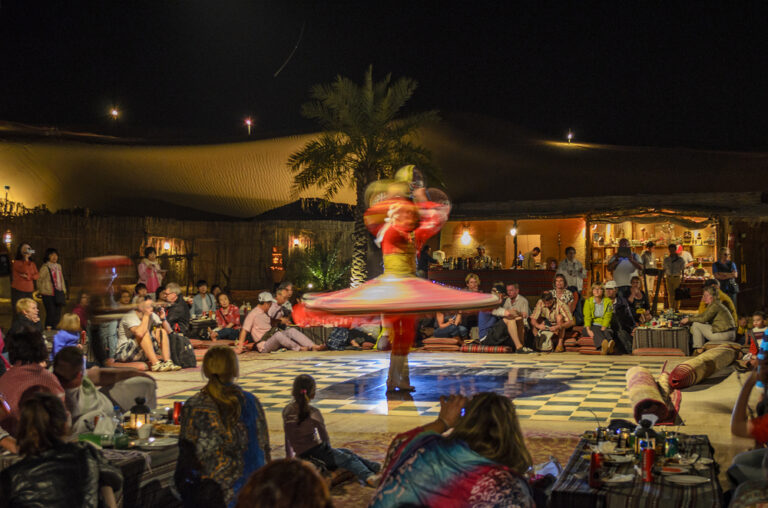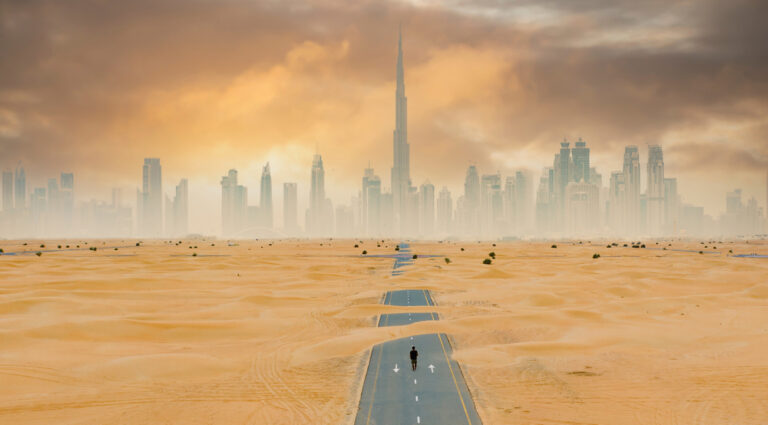Why The Desert In Dubai Is 10 Degrees Cooler Than The City
Bedouin Desert Safari Dubai, with its towering skyscrapers, bustling city life, and luxurious amenities, is renowned for its opulence and futuristic architecture. However, amid the scorching heat, there lies a paradox—the desert surrounding the city experiences surprisingly cooler temperatures. In this article, we delve into the meteorological phenomenon that makes the Dubai desert 10 degrees cooler than the city.
The Science Behind the Cool Oasis: Contrary to the common belief that deserts are uniformly hot, Dubai’s desert experiences a significant temperature contrast compared to the city. This phenomenon can be attributed to the unique geographical and climatic factors at play.
One key factor is the urban heat island effect, a condition where urban areas experience higher temperatures than their rural surroundings due to human activities and infrastructure. The cityscape of Dubai, with its vast expanse of concrete, asphalt, and glass, absorbs and retains heat, leading to elevated temperatures. On the other hand, the desert, with its open terrain and sparse vegetation, allows for better heat dissipation.
The Role of Elevation: Another contributing factor is the difference in elevation between the city and the surrounding desert. The city’s skyscrapers and structures are situated at a lower elevation compared to the desert, where the land may have slight elevations and variations. As we ascend, temperatures tend to drop, and this elevation difference plays a significant role in the cooling effect experienced in the desert.
Nighttime Cooling: The absence of large bodies of water in the desert also contributes to significant temperature fluctuations. Unlike coastal areas that experience moderated temperatures due to the presence of oceans, the desert cools rapidly at night. This nocturnal cooling effect is more pronounced in the desert, allowing for a considerable drop in temperatures compared to the urban center.
The Influence of Wind Patterns: Bedouin desert safari Dubai’s desert is also affected by prevailing wind patterns that contribute to its cooler temperatures. Winds flowing over the cooler desert terrain have a moderating effect on temperatures. This is in contrast to the city, where the structures disrupt natural wind patterns, trapping heat and contributing to higher temperatures.
- How cold does it get in the desert in Dubai? While daytime temperatures in the Dubai desert can soar to over 40 degrees Celsius (104 degrees Fahrenheit) during the summer, nights bring a considerable drop. Winter nights may see temperatures ranging from 10 to 15 degrees Celsius (50 to 59 degrees Fahrenheit), providing a cooler and more comfortable environment.
- What is the climate in the desert in Dubai? Dubai’s desert Safari climate is characterized by extreme temperatures, with scorching summers and milder winters. Summers can see daytime temperatures exceeding 40 degrees Celsius (104 degrees Fahrenheit), while winter days are more moderate, ranging from 20 to 25 degrees Celsius (68 to 77 degrees Fahrenheit).
- How hot is Dubai in December? December marks the onset of winter in Dubai, and while daytime temperatures are relatively mild, ranging from 20 to 25 degrees Celsius (68 to 77 degrees Fahrenheit), the nights can bring cooler temperatures, hovering around 15 degrees Celsius (59 degrees Fahrenheit). It’s a popular time for tourists seeking a more temperate climate.
- Is Dubai desert hot? Yes, the Dubai desert experiences hot temperatures, especially during the summer months. Daytime temperatures can soar well above 40 degrees Celsius (104 degrees Fahrenheit). However, the nights in the desert provide relief as temperatures drop, offering a cooler respite compared to the city.
Conclusion: Bedouin Desert Safari Dubai stands as a testament to the intriguing interplay of geographical, climatic, and environmental factors. The 10-degree temperature difference between the city and the desert is a result of a complex combination of urban heat island effects, elevation variances, nocturnal cooling, and wind patterns. Understanding these factors not only sheds light on the climatic dynamics of this iconic city but also adds a layer of fascination to the seemingly inhospitable desert landscape that surrounds it.








